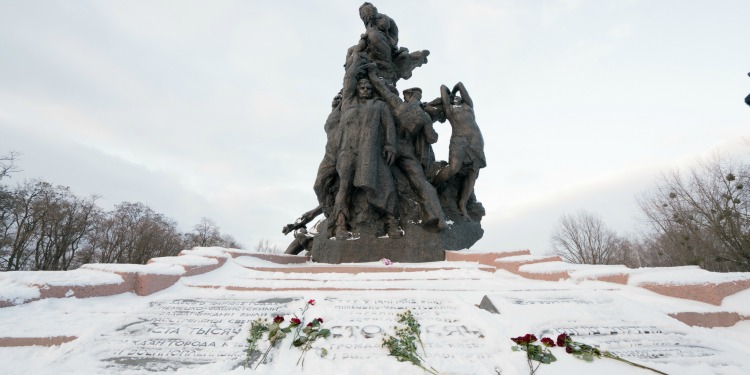The Forgotten Holocaust
The Fellowship | March 3, 2017

While many work to preserve the story of the Holocaust, so that no one forgets this dark chapter in Jewish and world history, those in the former Soviet Union who suffered at the hands of the Nazis have largely been forgotten due to the Soviet period that followed. But Tablet’s Izabella Tabarovsky tells us the story of an Israeli filmmaker who is working hard to tell this neglected story:
In a series of spellbinding documentaries, Boris Maftsir, an Israeli filmmaker, has been racing to prevent the last traces of the Holocaust in the USSR from vanishing for good. He went deep into the forests of Belarus to film the remnants of Tuvie Bielski’s partisans’ camp and document instances of Jewish resistance that have not been widely known until now. While it is hard to imagine anything remains to be said about the Shoah, that, says Maftsir, is because we keep retelling half the story—the story of the destruction of the Western European Jewry, from ghettos to gas chambers and everything those stand for: the merciless, mechanized, industrial-scale killing machine that organized the murder of millions into a precise, assembly-line-like operation.
While half of all the Shoah victims died in the Soviet Union, they died very different deaths. Here, people died in mass executions in ravines, forests, and village streets, at the hands of Germans or local collaborators. They perished right where they lived, in front of people who had been their neighbors.
Because the Nazis put Soviet Jews, whom they called Judeo-Bolsheviks, in a separate category and viewed them as particularly dangerous (and because they expected a quick victory here) with a few notable exceptions, they almost never bothered with organizing the Jews into long-term ghettos or transporting them to faraway places. Jews began dying the moment Germans invaded the Soviet Union on June 22, 1941.
“By the end of 1941,” writes Timothy Snyder in Holocaust: The Ignored Reality, “the Germans (along with local auxiliaries and Romanian troops) had killed a million Jews in the Soviet Union and the Baltics. That is the equivalent of the total number of Jews killed at Auschwitz during the entire war. By the end of 1942, the Germans (again, with a great deal of local assistance) had shot another 700,000 Jews, and the Soviet Jewish populations under their control had ceased to exist. … By 1943 and 1944, when most of the killing of West European Jews took place, the Holocaust was in considerable measure complete.”
A different set of numbers throws this into even sharper relief. An estimated 25 to 27 percent of Amsterdam Jews who found themselves under occupation survived—the lowest rate in Western Europe. In France, 75 percent of Jews survived the Nazi occupation. By contrast, of the conservatively estimated 2.61 to 2.75 million Soviet Jews who found themselves living under Nazi occupation, an estimated 103,000 to 119,000 survived, for a survival rate of between 2.7 percent and 4 percent…
